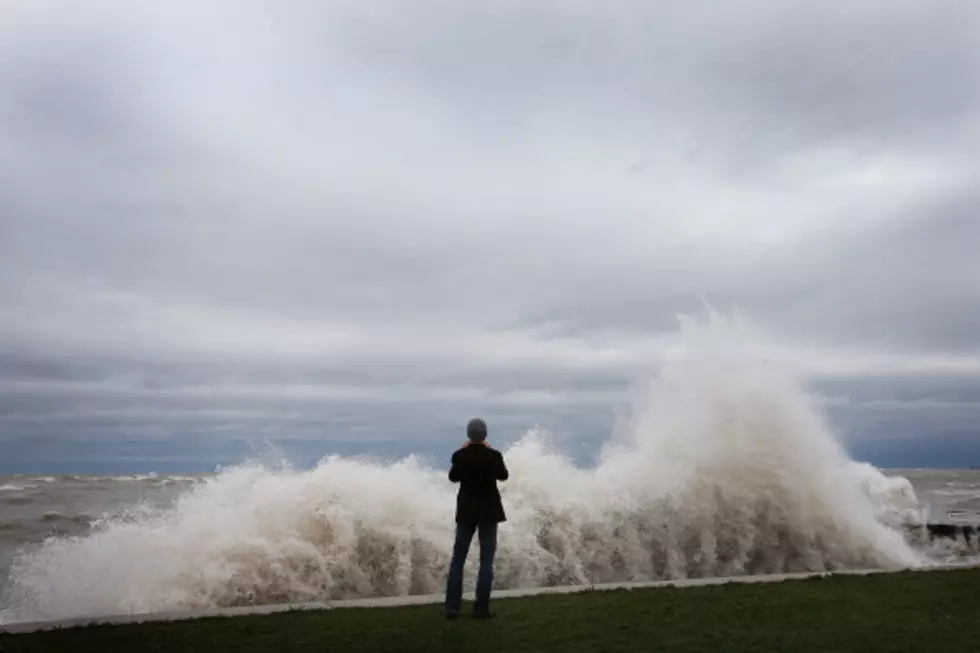
Know The Warning Flags On The Great Lakes Or You Could Die
Michigan is lucky to have the Great Lakes surrounding us. The Great Lakes make for amazing summers and snowy winters. The Great Lakes can also be violent and deadly.
Water safety has always been top of mind for me. My mom drowned when I was 5. I am not afraid of the water but I do treat it with respect. Since I grew up on the shores of Lake Michigan in St. Joe, I have witnessed the lake turn ugly many times.
One thing that you are dealing with in the Great Lakes is an "undertow" or "undercurrent". This current is a terrible situation to be in, it pulls you further from shore. If you find yourself in a situation like that, don't panic. Tread water.
RELATED: Useful Tips To Avoid Drowning
Beaches on the Great Lakes in Michigan have warning systems in place to help you avoid getting caught in situation that could be fatal. There's a series of flags that they use to warn beachgoers about the safety risks.
The State of Michigan says:
According to the Great Lakes Surf Rescue Project data, which tracks drownings across Michigan, there have been 1,170 Great Lakes drownings since 2010, with 108 of those drownings in 2022 alone.
Sadly, that's a lot of people that were lost. Be on the lookout the next time you go to one of the Great Lakes to swim, keep an eye out for the flags.
Great Lakes Flag Warning System at State-Designated Swim Beaches
An ounce of common sense can go a long way if you are familiar with the Great Lakes, if you are not familiar, please pay attention. Avoid swimming in the Great Lakes when there are yellow or red flags present at state designated swim beaches.
Double Red Flags = Water Access Closed
Do not enter the water, dangerous conditions.
A New Michigan Law says:
If you see double red flags, you are not allowed to enter the water from the beach. Unless otherwise directed, visitors can still enjoy spending time on the beach. Risks can include, but are not limited to: Severe weather events identified by the National Weather Service. Hazardous waves and/or dangerous water conditions present. Active rescue or recovery efforts. Water contamination. Unsafe debris washing ashore.
Closures/limits can also be identified by park signage and/or by verbal communication from DNR parks or law enforcement staff.
An exception is made for surfers using wind-powered or self-propelled wave-riding boards when they enter at their own risk and follow safety rules. Read Land Use Order 5.1.6 for full details.
Red Flag = High Hazard
High surf and/or strong currents. It's recommended that you stay on the beach.
Yellow Flag = Medium Hazard
Moderate surf and/or currents. Watch for dangerous currents and high waves.
Green flag = Low Hazard
Calm conditions. Enter the water, but exercise caution.
The next time you had to one of the Great Lakes to go swimming be on the lookout for the warning flags so you can be safe.

